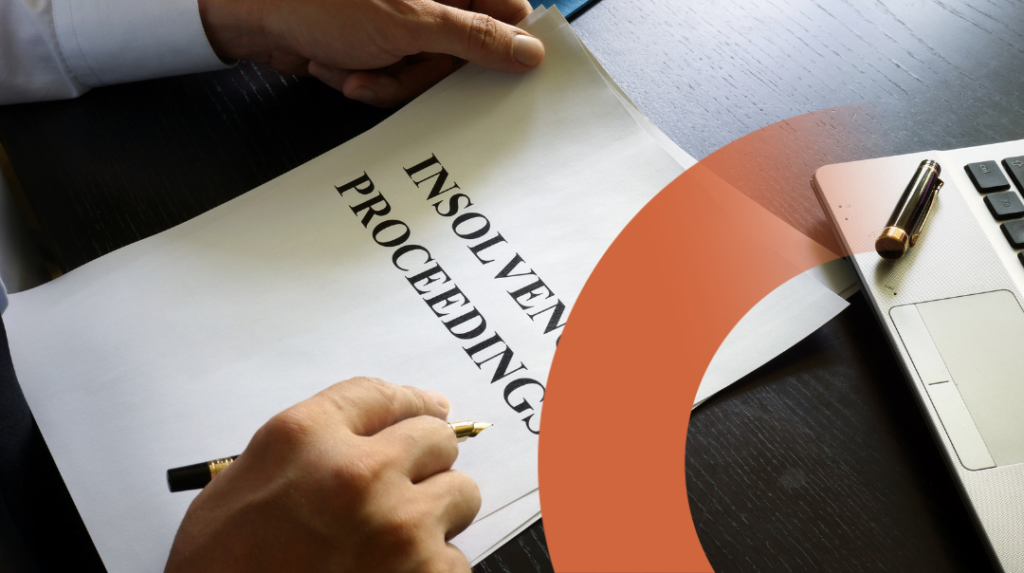Introduction to Insolvency and PIAs
Welcome to Cathro & Partners’ guide on Personal Insolvency Agreements. Before we delve into PIAs, let’s understand some key concepts. Insolvency occurs when an individual or business can’t meet their debt obligations. This guide will clarify terms like ‘debtor’, ‘creditor’, ‘insolvency practitioner’, and ‘bankruptcy’ to help you navigate this complex area.
What is a Personal Insolvency Agreement?
A Personal Insolvency Agreement (PIA) is a legally binding arrangement under Part X of the Bankruptcy Act 1966. It offers an alternative to bankruptcy, allowing debtors to negotiate a debt repayment plan with their creditors.
Comparison with Bankruptcy and Debt Agreements
Unlike bankruptcy, a PIA provides flexibility, allowing debtors to avoid the severe consequences of bankruptcy. It’s especially beneficial for business owners, as it permits continued operation while managing debt. We’ll compare PIAs with other debt solutions like bankruptcy and Part IX debt agreements, highlighting the benefits and drawbacks of each.
Why Choose a Personal Insolvency Agreement Over Bankruptcy?
Flexibility: PIAs provide a more flexible approach compared to bankruptcy. They allow individuals to negotiate payment terms based on their specific financial situation.
Avoiding Bankruptcy: PIAs offer an alternative to the severe consequences of bankruptcy. This is particularly beneficial for business owners, allowing them to continue their operations while managing their debts.
Commencing a Personal Insolvency Agreement: Key Steps
Assessment of Financial Situation: The individual must first assess their financial position to determine the feasibility of a PIA.
Consultation with an Insolvency Practitioner: Engaging with a professional, such as those at Cathro & Partners, ensures that the PIA is appropriately structured.
Proposal to Creditors: The debtor proposes a plan to pay back their debts, which may involve paying less than the full amount owed.
Creditor Approval: The proposal must be accepted by the majority of creditors.
Roles and Responsibilities in a Personal Insolvency Agreement
Insolvency Practitioner: Acts as a trustee in the agreement, overseeing the process and ensuring compliance with legal requirements.
Debtor: Must adhere to the terms of the agreement and cooperate fully throughout the process.
Creditors: Participate in the voting process and agree to the terms of the repayment plan.
Benefits of a Personal Insolvency Agreement
- Professional Management: Managed by experienced insolvency practitioners who are familiar with the legal and financial intricacies.
- Cost-Effective: Often more cost-effective than bankruptcy proceedings.
- Tailored Solutions: Offers customized solutions based on individual financial circumstances.
Risks and Limitations
- Impact on credit rating.
- Legal and financial complexities involved.
- Possible non-acceptance by creditors.
Distribution of Repayment under a PIA
The repayment plan typically includes:
- Fees of the Insolvency Practitioner: Covers the costs of managing the agreement.
- Debt Repayment: Payment of the negotiated debt amount to creditors.
- Residual Funds: Any remaining funds after debt repayment are managed as per the agreement terms.
Timeframe for Completing a Personal Insolvency Agreement
The process duration varies but is generally swifter than bankruptcy proceedings. The timeframe depends on the complexity of the individual’s financial situation and the speed of creditor approval.
Completion and Aftermath
Once the agreement is fulfilled, the debtor is released from the debts included in the PIA. It is essential for individuals to plan for their financial future post-PIA, including rebuilding credit and managing finances effectively.








